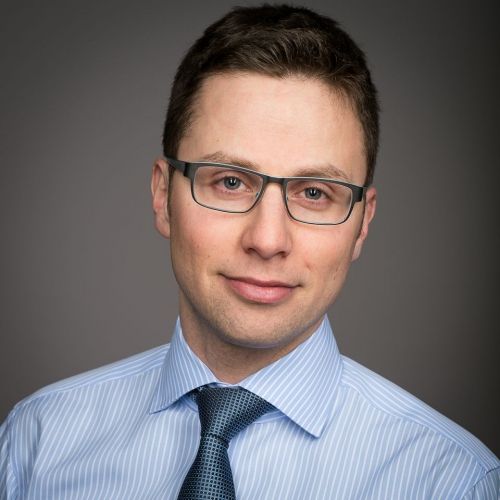Article
3 ways primary care education is broken – and how to fix them
When it comes to primary care, the U.S. medical education system isn't getting the job done. The founder of primary care education advocacy group Primary Care Progress shares his ideas on how to change that.

Andrew Morris-Singer, MDThanks to a little media attention and some determined physicians, the U.S. medical education system’s failure to solve the nations’s primary care problems is coming into sharper focus.
At the forefront of the movement to draw attention to those failures – and offer corresponding solutions – is a Boston-area nonprofit dedicated to transforming primary care education called Primary Care Progress.
In a phone interview with Medical Economics, the organization’s president and founder, Andrew Morris-Singer, MD, a practicing internist, shared his thoughts on the three most significant ways primary care education is broken and how to fix them.
The problem: Medical schools aren’t producing enough primary care physicians, and they’re trying to hide it. Anyone familiar with the phrase "primary care shortage" knows that U.S. medical schools and residency programs aren't producing enough primary care physicians to satisfy projected demand. What they might not realize, though, is that medical schools often employ what's called "the dean's lie" to exaggerate the number of primary care physicians.
The dean's lie goes something like this: On Match Day, a medical school will issue a press release proudly proclaiming that half of of their graduates are entering into primary care residencies. What those press releases conveniently leave out is that the majority of these "primary care" residents will eventually choose subspecialties and never actually practice primary care. For example, a JAMA study last year found that just 21% of graduating general internal medicine residents planned to continue their careers in primary care.
"The average person can listen to these numbers from medical schools and feel comforted that the cavalry is on the way, when in fact it is not," Morris-Singer says.
The solution: Find the right people in the first place. There are certain characteristics that make a doctor more likely to pursue a career in primary care, and medical students who possess these characteristics should be targeted as potential future primary care physicians early in the training process, Morris-Singer says. Those characteristics include students who are older, married, hail from rural areas and have team-based work experience before they get to medical school.
The problem: The skills and attitudes needed to succeed in tomorrow's primary care environment aren't taught frequently enough to today's students and residents. When today's primary care residents eventually go into practice, they're likely to spend the vast majority of their time outside the hospital treating patients who typically have fairly straightforward and common problems. But much of their time during residency is spent on inpatient care, treating some of the sickest patients in the healthcare system and being mentored by subspecialists, Morris-Singer says.
When residents do see a primary care physician practicing in an ambulatory setting, it's frequently a "dysfunctional, antiquated model of delivery," in which a "Lone Ranger" physician is trying to do everything for the patient herself, Morris-Singer says.
"Important skills like team-based care, population management, enhancing care with information technology, patient-centeredness and continuous quality improvement are not being taught to the average trainee in any robust way," Morris-Singer say.
The solution: Medical educators simply need to find ways to teach these skills to students - and the key is to teach them as early as possible. "Harness their desire to help from day one," Morris-Singer says. He floats a couple ideas, like having first-year medical students work as medical assistants so they develop a greater understanding of exactly how medical assistants can positively contribute to patient care. Or, have premedical students work at practices as health coaches for diabetics, helping these students learn how to engage chronic-disease patients in their own care and how to cater care plans to various patients' specific cultural and socioeconomic backgrounds.
The problem: Medical students and residents receive too little "intraprofessional education." The future of primary care is all about teamwork - doctors handling complex tasks themselves and delegating more routine care and tasks to nurse practitioners (NPs), physician assistants (PAs), health coaches and the like. But many health professionals receive their training in "silos," separated from other types of workers, according to Morris-Singer.
"When they graduate, they're unfamiliar with the skills and competencies of their professional colleagues," he says. "That leaves them at a disadvantage in terms of working effectively with those people and harnessing their contributions."
For example, if a physician doesn't learn in training the value that an occupational therapist is capable of delivering to her patients, she's unlikely to recommend occupational therapy even when her patients could benefit from it, he says.
The solution: Embed physician-trainees in teams with other health workers who aren't physicians. Very early in their training, physicians should work closely in teams with NPs, PAs, health coaches, social workers or any other types of professionals they'll be practicing with in the future. "It's all about finding ways for them to begin practicing solving problems together as a collaborative team," Morris-Singer says. "That's what they'll be doing day in and day out after graduation."
To get weekly news for primary care physicians, subscribe to Medical Economics'newsletter eConsult.





